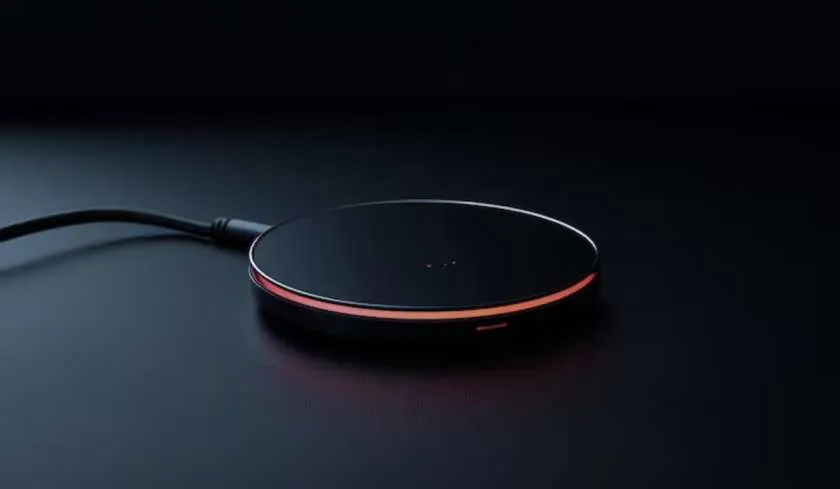Geothermal energy is clean, renewable energy that comes from the earth. It can be used to produce heat, cool homes and offices, and provide electricity. Best of all, it’s clean, green, and renewable. This means less dangerous pollution and less damage to our environment.
So, How Does It Work?
There are three kinds of geothermal energy:
Geothermal power plants for electricity generation Direct usage and heating systems Geothermal heat pumps.
Let us investigate each of these interesting natural possibilities. Why? So we may use the earth to help save the earth.
What is Geothermal Electricity?

source: google.com
Hot water reservoirs can be found all across the United States and the world. This water can be found at the earth's surface or far down. The water is extraordinarily hot, ranging from 300° to 700° Fahrenheit. Geothermal power plants generate electricity by extracting steam from hot water.
It is an easy process. The steam generates energy, which rotates a turbine. The turbine starts a generator, which produces power. Because this is a natural resource, we are harnessing these reservoirs in the soil to power it.
Read Also: There is only one path to long-term energy security and affordability: clean energy
Geothermal power plants are created where hot water reserves are located. The majority of reservoirs in the United States are in the western states, but they can also be found in the South, Midwest, and East Coast. This indicates that we can use this natural resource more than we do now.
And scientists and engineers are developing novel technologies that will enable geothermal power plants to be built anywhere in the world, providing clean and renewable electricity at any time!
Another green energy source is geothermal direct heat.
Another type of geothermal energy is widely available: geothermal direct heat. It's a straightforward process: direct heat is generated by water in rock beneath the earth's surface. The hot water in the rock reservoirs generates heat and steam, but it is not hot enough to generate electricity efficiently. This water is collected and piped into buildings to generate heat, melt ice on roads and walkways, and warm fishing farms, greenhouses, and swimming pools.
Direct heat systems are already being used all over the world to improve our lives. For example, direct heat systems heat the majority of the buildings in Reykjavik, Iceland. Direct heat is also used to dehydrate foods, pasteurize milk, and mine gold. It's easily accessible.
According to the United States Environmental Protection Agency (EPA), "geothermal heat pumps are the most energy-efficient, environmentally friendly, and cost-effective systems for heating and cooling buildings." Geothermal heat pumps can be used in a variety of facilities, including residences, offices, schools, and hospitals. In addition to heating and cooling buildings, geothermal heat pumps can supply hot water. Best of all, this is clean and renewable energy.
Will We Use Geothermal Energy in the Future?

source: google.com
As energy demand rises, geothermal energy will play an increasingly essential role. California now has 43 functioning geothermal generating units and plans to develop more. According to the 2019 U.S. Department of Energy (DOE) publication, GeoVision: Harnessing the Heat Beneath Our Feet, "generating electricity through geothermal methods could increase 26-fold by 2050."
FAQs
How does geothermal energy work step by step?
Hot water is pumped from deep underground through a high-pressure well. When water reaches the surface, the pressure drops, causing it to convert into steam. The steam turns a turbine, which is connected to a generator that generates energy.
What is geothermal energy easily explained?
Geothermal energy is heat energy derived from the earth—geo (earth) + thermal (heat). Geothermal resources are hot water reservoirs that exist or are artificially created at various temperatures and depths beneath the earth's surface.
Is geothermal energy good or bad?
Environmentally responsible, green technology - geothermal systems eliminate the combustion of fossil fuels on-site and significantly reduce the need to generate power, lowering greenhouse gas emissions and the environmental damage associated with nonrenewable resource extraction.













